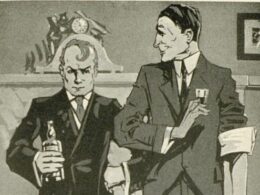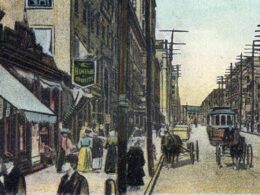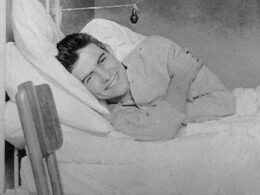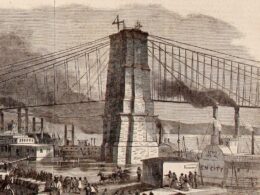Jean Stafford (1915–1979)
From Jean Stafford: Complete Stories & Other Writings
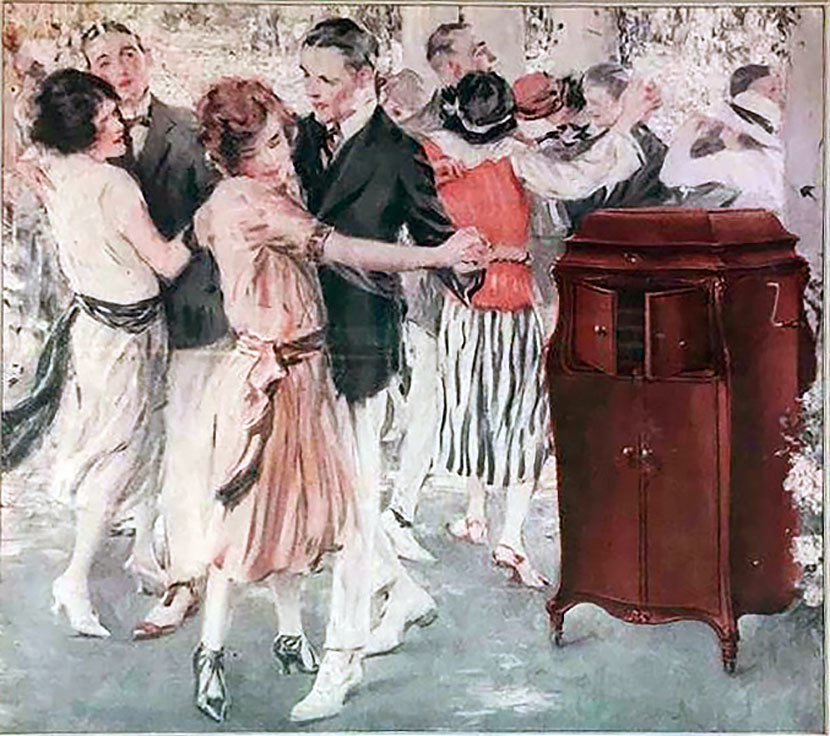
The novelist and short story writer Jean Stafford was born 107 years ago, on July 1, 1915.
In 1943, Stafford spent the summer at the Yaddo artists’ colony in Saratoga Springs, New York, to work on final revisions to her first novel, Boston Adventure. She shared a bathroom with Carson McCullers, whom she detested; she wrote to friends that the younger writer was “by no means the consumptive dipsomaniac I’d heard she was, but she is so strange.”
At the end of her stay, Stafford paid a two-day visit to South Hill, Katherine Anne Porter’s nearby home. Porter didn’t record her impressions of Stafford’s visit, but she had mixed feelings about Boston Adventure. Porter later confided to her nephew, “Jean Stafford is a disappointment to me, because I believe she had good talent. But she lacks vital marrow. Her first book was a wonderful mixture of all the most fashionable influences: first a layer of imitation Proust, then a layer of James, then a filling of Joyce and a frosting of Yeats.” She felt sure that Stafford would go the way of such “fashionable” writers as Mary McCarthy, Carson McCullers, Anaïs Nin, and (Porter’s nemesis) Truman Capote. Above all, she was tired of being compared to them. “I hope it does them good. It most certainly can do me no harm.”
Stafford, whose third and last novel appeared in 1952, eventually became better known as a writer of short stories. We don’t know what Porter thought of the later work, although the two women remained on friendly terms. (Capote, however, remained an object of ridicule.) Porter’s early judgment of the younger generation proved entirely wrong, of course: “fashionable” or not, most of the authors she singled out for scorn are still in print and read seven decades later.
Both Porter and Stafford would receive the Pulitzer Prize for career-capping volumes of their collected stories: Porter in 1966 and Stafford in 1970. As our Story of the Week, we present in full “Old Flaming Youth,” Stafford’s memorable early work that “abounds in father figures.” The introduction explains the influence, both positive and negative, of Stafford’s father—a largely unsuccessful and forgotten Western pulp writer known by the name of Jack Wonder.
